One of the most common knee injuries individuals suffer from is a torn meniscus. These tears often result from undue strain on the knee joint, and they are a common sports injury.
Research tells us that the average age someone may encounter a meniscus tear is between the ages of 21 to 30 years of age. Also, statistics show us that these injuries occur in 61 cases out of 100,000. Although the term “torn meniscus” may seem vague, these numbers don’t specify the type.
As you age, the likelihood of degenerative tears increases. That is because the cartilage experiences wear and tear as we age. Thus, it becomes not stable enough to remain intact.
You’ll want to pay attention to these eight red flags you might have a torn meniscus.
8 Red Flags You Might Have a Torn Meniscus
There are usually symptoms associated with most injuries. The same is true of a torn meniscus.
1. Swelling and pain.
One of the first and most common signs of an injury is swelling and pain. Where there is swelling, there is pain. The inflammation of a muscle or joint will cause it to increase in size. And that is what triggers the sensation of pain.
“It’s almost an epidemic. The re-tears, that’s really the epidemic.” Dr. Timothy Kremchek, Beacon Orthopedics, Cincinnati, Ohio
2. Trouble straightening the knee.
When you are unable to hold your knee in a standard or straight position, this is a sign of a meniscus tear. A rupture of this type can cause significant problems with motion in any joint.
X-rays take images of bones, but they won’t work for showing soft tissue injuries, tendons, and ligaments.
3. Feeling of an unstable joint.
One of the 8 red flags you might have a torn meniscus is the feeling that the knee is about to give way. This sensation may occur while walking anywhere, not just up and down the stairs.
Some who encounter a tear felt that the kneecap was “slipping” while walking down flights of stairs. This same feeling may occur while attempting to exercise.
“Most cheerleaders have knee problems. I had just gotten back from the doctor about two weeks before this happened with a bruised meniscus and tendonitis in my patella. A lot of the girls on the squad have irregular cartilage and torn ligaments.” Julia Allen
4. The feeling your knee is “popping.”
A tear in the meniscus may be painful, but this may also include a popping sensation. This type of feeling is shared with various kinds of injuries to cartilage in different places of the body.
You may be able to hear a popping sound, but you may also feel the popping from time to time.
“There’s a lot to be enthused about. We saw him Sunday, and yesterday started working with him, and his MRI showed he just had some superficial fibers of the MCL stretched, and all the other ligaments of his knee and his meniscus looked good. We’ll just take it day-to-day and see how he does. I think he’s got a good chance of getting ready for the game.” Bubba Tyer
5. Experiencing a “locked” knee.
Have you gotten up out of your chair to walk, but you feel as though your knee is locked in one place?
If you have been sitting, but stand up to walk and feel as though your knee can’t function as it should, you most likely have a torn the meniscus. The tear in this cartilage can impact how you walk and move about throughout the day.
“He hurt his meniscus during football, and he thinks it’s the same thing. I thought we were in trouble. He’s an awfully good player.” John Thatcher
6. Stiffness.
Many sports-related injuries can cause you to feel stiff as soon as they occur. Often, you may only feel pain, but stiffness may settle in when there is difficulty moving your knee.
Pain may cause you to move slower, but stiffness is the feeling that you can’t move freely. If you are experiencing stiffness, this is one of the eight red flags you might have a torn the meniscus.
“What defines us is how well we rise after falling.” Zig Ziglar
7. Aging process.
As you age, the cartilage will begin to wear down, and tearing the meniscus becomes more of a likelihood. The muscle fibers wear out, and they become more likely to tear completely.
Besides, older people may face more challenges when overcoming a torn meniscus.
8. Limitation or severe pain when moving.
Basketball players, wrestlers, and other types of athletes often have to pivot quickly when playing their sport. This quick motion can cause injury, strain, and may cause a tear in the meniscus to form.
Many tendons and ligaments are surrounding the knee joint. These are all delicate and subject to injury when playing sports.
Can A Meniscus Tear Heal on its Own?
One of the most common questions is whether or not a meniscus tear can heal on its own. The outer-lying area of the meniscus is known to have a plentiful blood supply.
When an injury occurs in this area, the meniscus will likely heal properly. Abundant blood supply is what causes healing to begin.
Surgery is not the first course of action in the case of a tear in the meniscus. When damages occur due to aging and wear and tear, they cannot be repaired.
Physical therapy starts slowly and increases over time as the individual can tolerate treatment. The therapist leads the patient through a custom-tailored regiment that improves range of motion and decreases the inflammation that triggers pain.
The doctor will offer a knee brace or a support sleeve to wear, in most cases, as a first intervention. This device can help bring stability to the knee, surrounding it like additional tendons and ligaments. They might also try stem cell injections to heal to jumpstart the healing process.
When knee pain is intolerable and physical therapy, and other treatment fails, the doctor may recommend surgery. Pain medication is not considered a long-term solution.
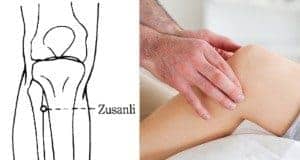
Reducing the Likelihood of a Meniscus Tear
The meniscus is broken down into two parts, but both sides are at risk. Here are essential precautions you must take, especially when exercising or participating in athletics. Please note that you should check in with your doctor if you’re just beginning a workout routine.
1 – Stretching before exercise
Stretching out and warming up properly will reduce the likelihood of an injury. The two cushioned discs on either side of the knee provide the cushion and protection that the knee joint needs.
There are some other things you can do to reduce the likelihood of tearing your meniscus. Outside of stretching and warming up correctly, you should also consider focusing your efforts on leg exercises that will help strengthen the thighs.
2 – Don’t overdo workouts
The muscles that extend from the inner and outer thigh will both come to surround the knee cap. Strengthening those muscles, tendons, and ligaments is a great way to make your body stronger everywhere.
Another way to prevent injury to the meniscus is to rest in between workouts. Giving your body adequate time to rest in between exercises is the key to keeping your joints healthy.
Working out over and over will only put undue strain on your muscles, tendons, and ligaments, causing them to become unstable.
3 – Invest in athletic shoes
Shoes are essential for comfort and for stability when working out or playing sports. Having proper shoes with support is vital for cushioning the feet properly. Proper footwear is necessary so that there is no additional stress on the feet, which can cause extra pressure on the shins, knees, and low back.
Wearing proper shoes with excellent support, will help give your feet the cushion they need, as well as the cushion you need to protect your knee joints and meniscus.
4 – Gradually build up to more intense workouts
Last but not least, to protect your knee joints and your meniscus, do not abruptly increase the intensity of a workout.
If you are walking slowly daily, but you suddenly decide to break into sprinting, you could damage your knees. So start gradually. This gradual transition is necessary regardless of the surface you are walking or running on. Abruptly increasing your rate of speed or exercise can put you at risk for tearing tendons, ligaments, and your meniscus.
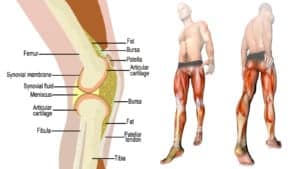
Final Thoughts: A Meniscus Tear is Fairly Common, So Know the Signs
The meniscus is prone to injury, especially with athletes. Quick and sharp movements can put athletes at risk for a tear in their meniscus.
This knee injury will cause localized pain, and it’s highly targeted to one area. Generally, it will only get worse when you are in a position that causes your knee to twist. Additionally, the injury won’t usually cause too much pain while walking at a reasonable pace, and shouldn’t cause any disruption to your sleep.
The meniscus is an essential piece of cartilage for the knee, and keeping it healthy means no surgery.

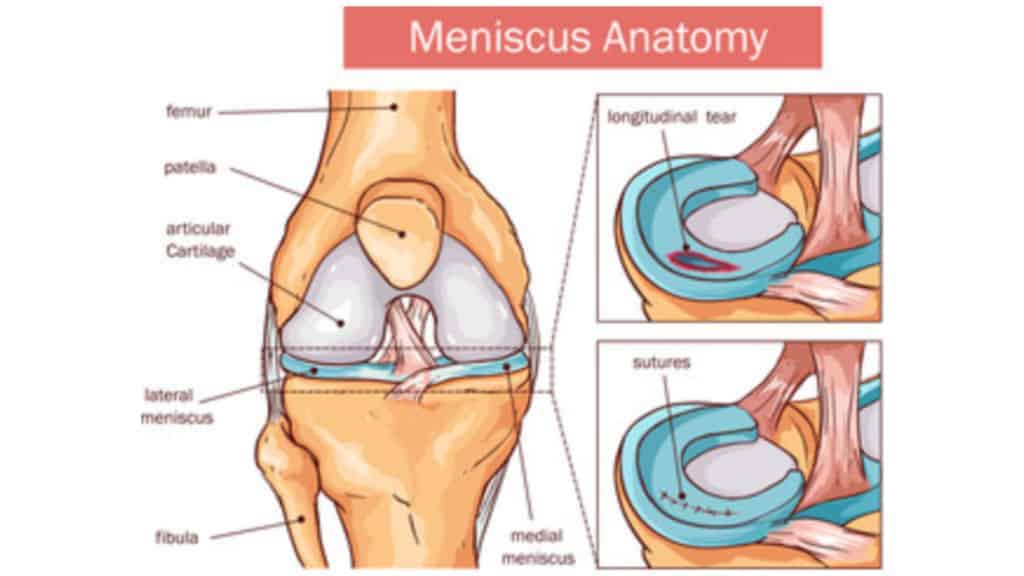

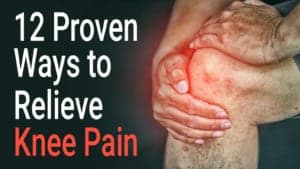
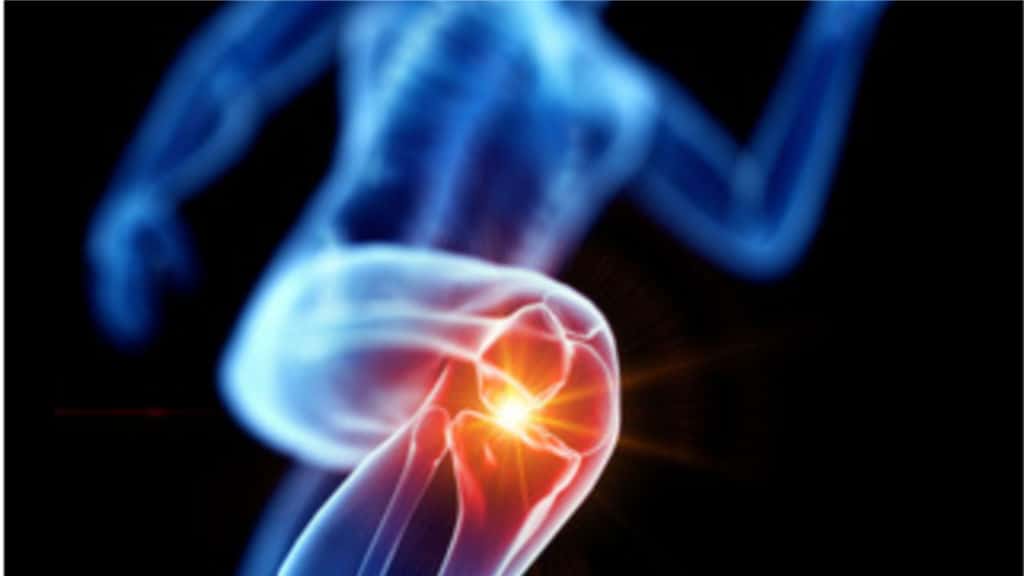










 Community
Community

